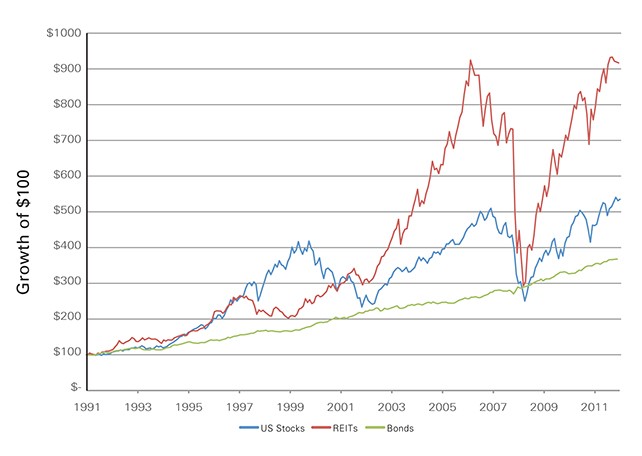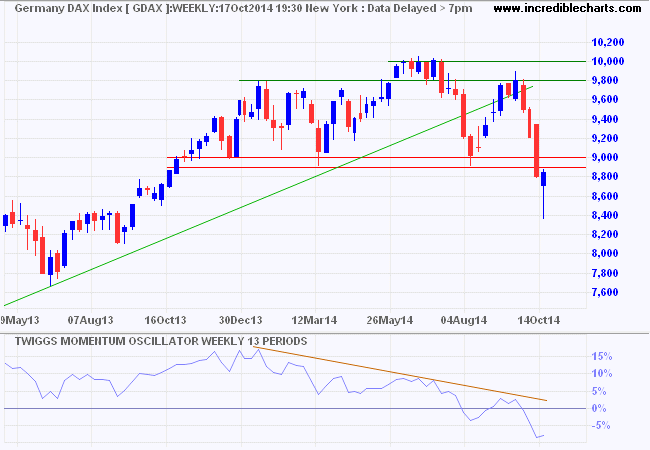Understanding How the Dow Jones Is Calculated
Post on: 16 Март, 2015 No Comment

I’ve heard people ask many times why the Dow Jones Industrial Average (DJIA) is so much higher than the S&P 500, when the DJIA consists of just 30 stocks and the S&P 500 consists of 500.
The answer to this is quite easy and just takes a little calculating. The Dow Jones Index is weighted unlike the S&P 500. The S&P 500 is weighted by market cap; the larger the stock the more affect it has on the daily move of the S&P index. However, the DJIA has a weighting so that a 1 point move in any of the 30 stocks will move the index by an equal number of points.
To understand this, you need a quick history lesson. In 1896 to be exact the index consisted of just 12 stocks, and to get the average back then all you’d need to do is divide the total price of all 12 stocks by 12. easy isn’t it? But if that were the case today it would mean that the basket of 30 stocks in the DJIA would sum to around 243,750 as of toady’s close anyway. As you may know this is not how you get the average. Over time stocks were added and taken out of the index, as well as stock splits and spinoffs, etc.
In order to keep the DJIA consistent the divisor must also change. The current divisor is published on page C4 of the Wall Street Journal daily. The current divisor as of April 17, 2009 is .125552709. To get an idea of what this means we’ll divide 1 point by the divisor and we get 7.9647. This means that a 1 point change in any of the 30 stocks will move the index up/down by 7.9647 points. For example, we’ll say that 28 of the 30 Dow components finish the day unchanged but BAC and C both moved up 1 point, we could calculate the index average change by dividing 2 by the divisor.
The index would move higher by 15.93 points on this day. Since all of the 30 Dow stocks are weighted so that a one point change affects the index equally, one would have to take the sum of all 30 stock prices in the Dow index and divide by the Dow divisor.

For those who are interested I have created a spreadsheet that calculates the Dow daily. My Dow divisor spreadsheet shows all 30 stocks in the Dow, what the change was for the day broken down by each stock (refreshed automatically and then every 5 minutes- refresh manually by clicking data and then refresh all), what each stock in the Dow 30 finished the day at, and what would happen to the Dow Index if any particular stock went to zero. Out of curiosity I also created two columns that calculate the Dow Jones Industrial Average if all of the 30 stocks in the index were simultaneously at their highs or lows (unlikely to happen but you never know with this volatile market!). The spreadsheet can be downloaded or opened by clicking here .
Hope this will help explain the Dow Jones Industrial Average Divisor better. The current Dow Divisor is .125552709 and this spreadsheet will need to be updated when it changes.
Disclosure: Author holds a long position in BAC














